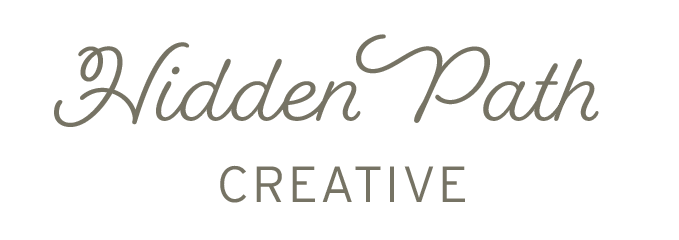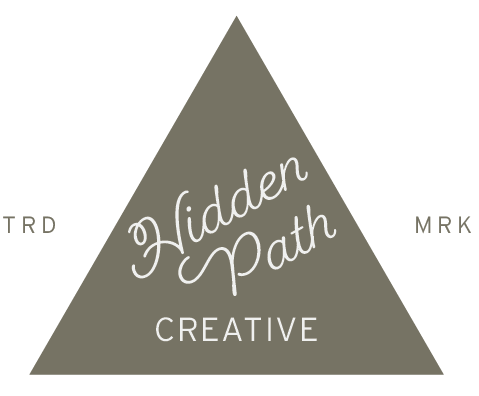What Beauty and Skincare Brands Need to Know About Packaging Compliance
Let’s be honest: launching a beauty or skincare product is already a wild ride. You’ve probably spent months (or years!) perfecting your formula, building your brand, and dreaming up the perfect shelfie-worthy product. But when it comes time to package that beautiful thing? That’s where the real “wait, do I have to put that on the label?” panic kicks in.
If you're a product-based founder scaling your brand in the U.S. or Canada, this blog is your friendly, no-jargon guide to what packaging compliance really means and why it's non-negotiable if you're planning to sell in stores (or even online).
Let’s break it all down playfully, yet seriously, so you can stay out of hot water and in the good graces of retailers, regulators, and your customers.
Why Packaging Compliance Isn’t Just a Legal Thing (It’s a Brand Thing)
Compliance is about avoiding fines and being pulled off the shelves. But it’s also about trust.
Your Packaging Is Your Handshake
It’s the first real interaction a customer has with your brand. Messy claims, missing info, or confusing labels? It’s giving “unprofessional,” and that’s not the vibe you’re going for.
Retailers Care
If you dream of getting into Ulta, Target, or even your local co-op, they’ll expect your packaging to be retail-ready. That means compliant, clear, and well-constructed.
It Protects Your Investment
Packaging errors cost time and money, whether it's a reprint, a legal issue, or lost sales due to customer confusion. Trust us, it’s cheaper to get it right the first time.
The Big Three: Compliance Areas Every Beauty Brand Should Know
Beauty and skincare products are regulated differently depending on their nature, the claims made about them, and where they’re sold. Here’s the (non-scary) breakdown:
Labeling Requirements
Covers: Product name, ingredients, net contents, warnings
Regulated by: FTC (Federal Trade Commission) & FDA (Food and Drug Administration)Claims & Language
Covers: Anything that suggests results or benefits
Regulated by: FDA & FTCPackaging Materials
Covers: Safety, recyclability, tamper evidence
Regulated by: EPA, CPSC, and local laws
Let’s unpack each one. (Pun fully intended.)
1. Labeling: What Needs to Be on Your Packaging?
You’d be surprised how often this gets overlooked in DIY packaging. Here’s what every beauty or skincare product sold in the U.S. must include:
Principal Display Panel (Front of Package)
Brand Name
Product Identity (e.g., “moisturizing cream”)
Net Quantity of Contents (e.g., “2 fl oz / 60 mL”)
Information Panel (Usually Side or Back)
Directions for Use (if not obvious)
Warnings (especially for allergens or sensitive use)
Ingredients List (in descending order of predominance)
Name & Place of Business (you or your distributor)
“Distributed by” or “Manufactured for” language, if applicable)
Pro Tip
Ingredient lists should follow the International Nomenclature of Cosmetic Ingredients (INCI) format. “Coconut oil” won’t cut it; it’s “Cocos Nucifera Oil.”
For Canadian brands, labeling rules include both English and French (thanks to bilingual packaging laws), as well as specific Health Canada requirements.
2. Claims & Buzzwords: What Can You Actually Say?
Let’s play a quick game. Which of these phrases might get flagged?
“Clinically proven anti-aging serum”
“Reduces inflammation”
“Hydrates skin”
“Safe for sensitive skin”
If you guessed the first two ding ding, you’re right. Claims like “anti-aging” and “reduces inflammation” start veering into drug territory in the FDA’s eyes. Unless you’ve got studies (and sometimes approvals) to back them up, it’s best to avoid those bold statements.
Safe Words (That Still Sell)
“Moisturizing”
“Gentle”
“Soothing”
“Softens the appearance of fine lines”
The trick? Stay descriptive without promising a medical result. If you're ever unsure, a packaging designer who understands compliance becomes your best friend.
3. Packaging Materials & Format: Beyond the Label
It’s not just what’s on your packaging, it’s also about the materials themselves. Here's what to keep in mind:
Sustainability Claims
If you claim to be “eco-friendly” or “recyclable,” be prepared to back it up. Greenwashing isn’t just a buzzword; it can lead to actual fines.
Child-Resistant Packaging
Required for certain products (think essential oils or anything potentially toxic).
Shrink Wraps & Seals
Tamper-evident features may be required for over-the-counter (OTC) skincare products or imported goods.
Material Safety
BPA, phthalate-free, and food-safe standards may apply depending on your packaging and product type.
Which materials or formats check all the boxes? This is where working with a packaging design service that gets the technical stuff becomes crucial.
Why DIY Packaging Often Fails the Compliance Test
Let’s get real. Canva templates are cute, but they weren’t built to follow FDA guidelines. Most DIY designs miss these common pitfalls:
Forgetting the net weight
Tiny, unreadable fonts
Ingredient lists not in INCI format
Claims that could get you flagged
Lack of bilingual copy for Canadian markets
And let’s not even start on dielines that don’t actually fit the packaging container.
This is where Hidden Path Creative comes in. Our process is designed explicitly for founders like you who are scaling quickly, aiming for retail, and need design that’s both visually appealing and compliant with legal requirements.
Packaging Compliance Checklist
Here’s your friendly, founder-proof guide to get your packaging in shape:
The product name and description are clearly stated on the front
Net quantity listed (fl oz/mL or g)
Complete INCI ingredient list on the back
Brand/distributor contact info included
Clear use instructions and warnings
No drug-like or misleading claims
English and French (for Canadian sales)
Packaging material safety checked
Sustainability claims verified
Fonts are legible (6pt min usually)
Label layout matches dieline/packaging size
Need help checking those boxes? That’s literally what we do.
How Hidden Path Creative Makes Packaging Compliance Not Boring
Let’s face it, compliance isn’t sexy. But your packaging still should be.
At Hidden Path Creative, we combine over 20 years of experience in national retail with hands-on design expertise. We don’t just make things look good; we ensure they’re ready for Target’s buyer, your manufacturer’s print specifications, and the FDA’s fine print.
What sets us apart?
Strategic Beauty Packaging Design
For skincare, beauty, wellness, and lifestyle brands
Compliance Expertise
From the FDA guidelines to the Canadian bilingual rules
Fast, Collaborative Process
No ghosting, no guesswork
Retail-Ready Thinking
Because pretty doesn’t cut it if it doesn’t sell
Whether you need skincare packaging design, jewelry packaging design, or help refining your product labels for store shelves, our services cover it all from concept to compliance.
Smart Founders Don’t Leave This to Chance
The moment your product hits a shelf, virtual or physical, it’s being judged. By buyers. By customers. By regulators. The last thing you want is to have a “wait, we missed that?” moment when the stakes are high.
If you’re scaling your beauty or skincare brand in the U.S. or Canada, packaging compliance isn’t a maybe. It’s a must. But it doesn’t have to be scary.
Ready to Get Packaging That Sells and Checks Every Box?
Let’s make your packaging look gorgeous and ready for growth. At Hidden Path Creative, we’re your behind-the-scenes partner for beauty, skincare, and lifestyle packaging that performs in-store and adheres to industry standards.
Skip the guesswork. Say goodbye to risky DIYs.
Book a call or learn more at www.hiddenpathcreative.com
At Hidden Path Creative, our mission is to support product-based businesses with a standout packaging design that grows their brand recognition and sales.
If you want to work together, please drop us a line here. We love connecting the creators of innovative products.
Oh, and come say hi on Instagram, and join a community of like-minded product entrepreneurs!

